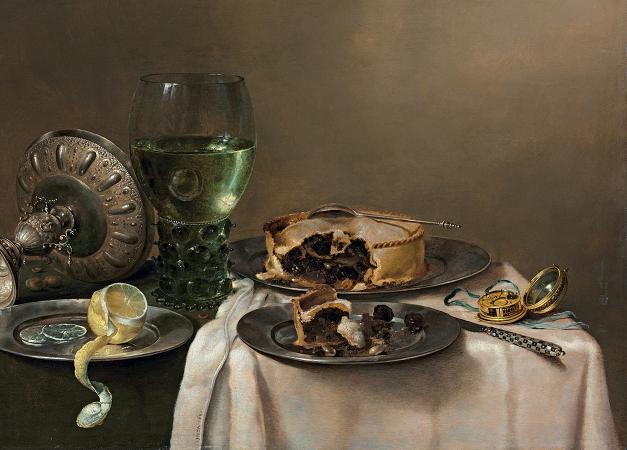Still Life with Lemon. The lemon is a species of small evergreen trees in the flowering plant family Rutaceae, native to Asia, primarily Northeast India, Northern Myanmar or China. The tree's ellipsoidal yellow fruit is used for culinary and non-culinary purposes throughout the world, primarily for its juice, which has both culinary and cleaning uses. The pulp and rind are also used in cooking and baking. The juice of the lemon is about 5% to 6% citric acid, with a pH of around 2.2, giving it a sour taste. The distinctive sour taste of lemon juice makes it a key ingredient in drinks and foods such as lemonade and lemon meringue pie. See also: Citron § Origin and distribution The origin of the lemon is unknown, though lemons are thought to have first grown in Assam, northern Myanmar or China. A genomic study of the lemon indicated it was a hybrid between bitter orange and citron. Lemons are supposed to have entered Europe near southern Italy no later than the second century AD, during the time of Ancient Rome although this has been contested. Evidence for this is inconclusive and modern theories ascribe the introduction of the lemon throughout the Mediterranean area to around 100 AD. Around 400 AD they were planted in orchards in Moorish Spain They were later introduced to Persia and then to Iraq and Egypt around 700 AD. The lemon was first recorded in literature in a 10th-century Arabic treatise on farming, and was also used as an ornamental plant in early Islamic gardens. It was distributed widely throughout the Arab world and the Mediterranean region between 1000 and 1150. An article on Lemon and lime tree cultivation in Andalusia of Spain is brought down in Ibn al-Awwams 12th-century agricultural work, Book on Agriculture. The first substantial cultivation of lemons in Europe began in Genoa in the middle of the 15th century. The lemon was later introduced to the Americas in 1493 when Christopher Columbus brought lemon seeds to Hispaniola on his voyages. Spanish conquest throughout the New World helped spread lemon seeds. It was mainly used as an ornamental plant and for medicine. In the 19th century, lemons were increasingly planted in Florida and California. In 1747, James Lind's experiments on seamen suffering from scurvy involved adding lemon juice to their diets, though vitamin C was not yet known as an important dietary ingredient. The origin of the word lemon may be Middle Eastern. The Bonnie Brae is oblong, smooth, thin-skinned and seedless. These are mostly grown in San Diego County, USA. The Eureka grows year-round and abundantly. This is the common supermarket lemon, also known as Four Seasons because of its ability to produce fruit and flowers together throughout the year. This variety is also available as a plant to domestic customers. There is also a pink-fleshed Eureka lemon, with a green and yellow variegated outer skin. The Lisbon lemon is very similar to the Eureka and is the other common supermarket lemon. It is smoother than the Eureka, has thinner skin, and has fewer or no seeds. It generally produces more juice than the Eureka. The Femminello St. Teresa, or Sorrento originates in Italy. This fruit's zest is high in lemon oils. It is the variety traditionally used in the making of limoncello. Lemon is a rich source of vitamin C, providing 64% of the Daily Value in a 100 g reference amount. Other essential nutrients are low in content. Lemons contain numerous phytochemicals, including polyphenols, terpenes, and tannins. Lemon juice contains slightly more citric acid than lime juice, nearly twice the citric acid of grapefruit juice, and about five times the amount of citric acid found in orange juice. Lemon juice, rind, and peel are used in a wide variety of foods and drinks.
more...













